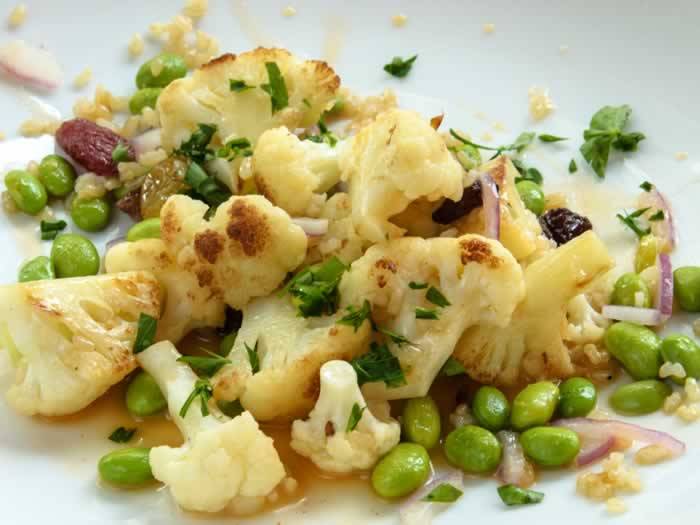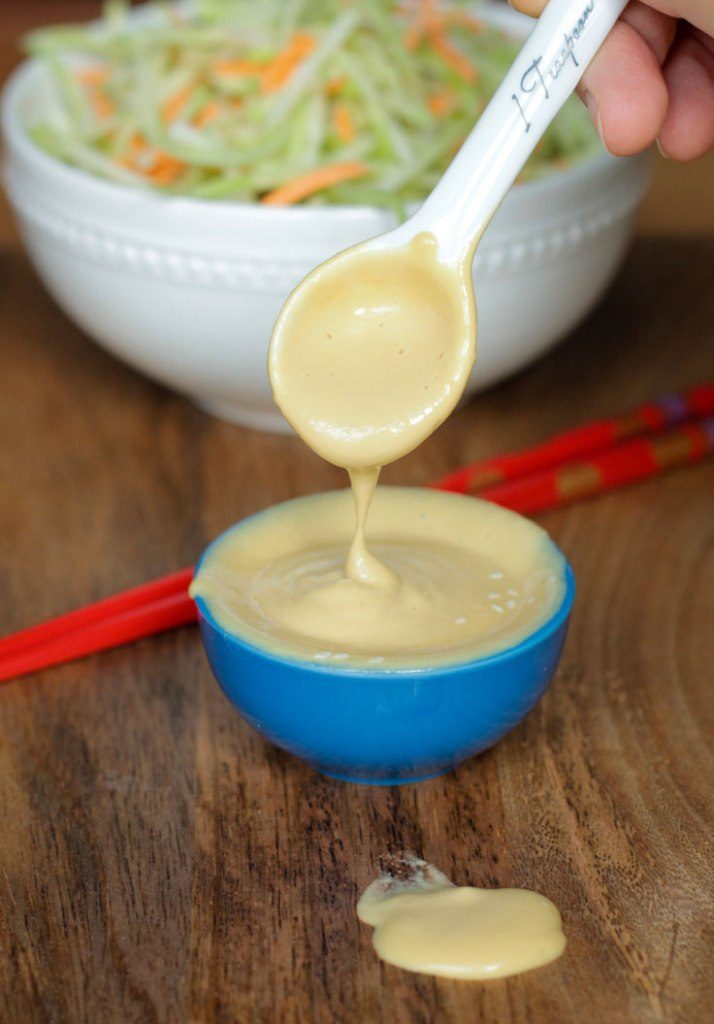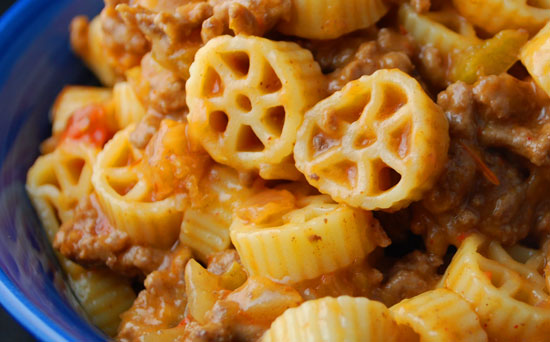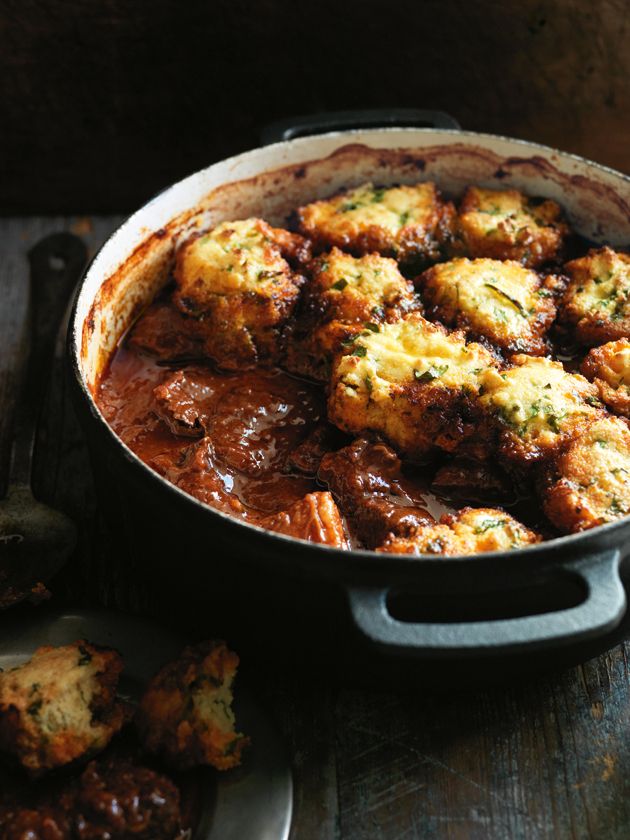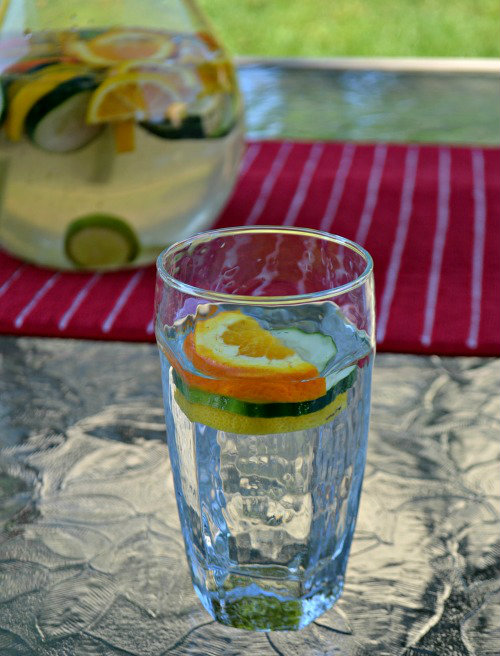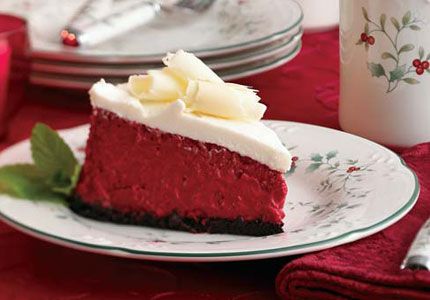Croque-Madames
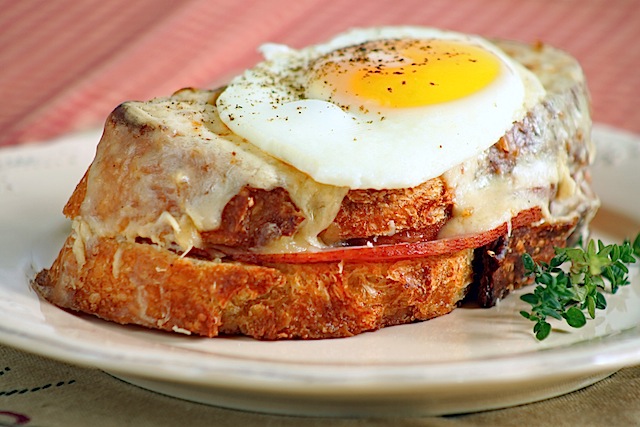 5 T. unsalted butter, divided
5 T. unsalted butter, divided
2 T. all-purpose flour
1-3/4 C. whole milk
2 T. brandy
2 tsp. Worcestershire sauce
1 spring fresh thyme
1/4 tsp. grated nutmeg
Kosher salt and freshly ground black pepper
8 slices brioche, or country-style bread
4 tsp. Dijon mustard
6 ounces Gruyère, or Emmental, grated (1 1/2 C.)
8 ounces ham, sliced, but not too thin
1/2 ounce Parmigiano-Reggiano, finely grated (1/2 C.)
4 large eggs, at room temperature
Melt 2 T. of the butter in a medium saucepan over medium-low heat. Whisk in the flour and continue whisking just until it turns beige, about 20 seconds. Whisk in the milk in a slow, steady stream, and continue whisking until smooth, thickened, and slightly bubbling, 2 to 3 minutes. Whisk in the brandy, Worcestershire sauce, thyme sprig, nutmeg, 1/4 tsp. salt, and 1/4 tsp. pepper. Whisk for 30 seconds, turn off the heat, and remove thyme sprig. Set aside, whisking occasionally to prevent a skin from forming. Position a rack 4 inches from the broiler element and heat the broiler on high. Spread four of the bread slices on one side with 1 tsp. Dijon mustard each. Sprinkle some Gruyère over the mustard, followed by 2 slices of ham each, and then the remaining Gruyère. Top with the remaining bread. Melt 1 T. of the butter in a 12-inch skillet over medium heat. Cook 2 of the sandwiches until brown and crisp, over medium-low heat, turning once halfway through the cooking, about 6 minutes. Transfer to a rimmed baking sheet. Repeat with another T. of butter and the remaining 2 sandwiches. Ladle the béchamel sauce over the sandwiches (it will run down the sides), and then sprinkle with the Parmigiano-Reggiano. Broil until bubbling and lightly browned, 3 to 4 minutes. Meanwhile, in a 10-inch nonstick skillet, melt the remaining 1 T. butter over medium heat. Crack the eggs into the skillet and fry them sunny side up until the whites are set but the yolks are still runny, 3 to 4 minutes. Use a large, flat spatula to transfer the sandwiches to serving plates. Place a fried egg on each. Sprinkle with salt and pepper and serve.

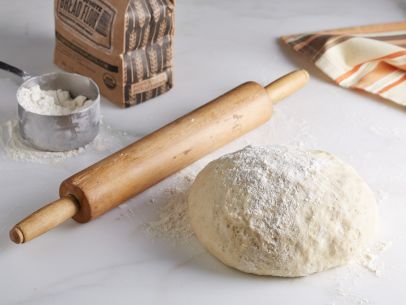
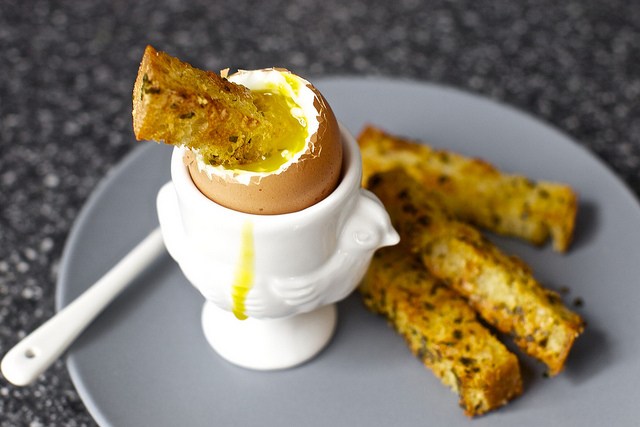
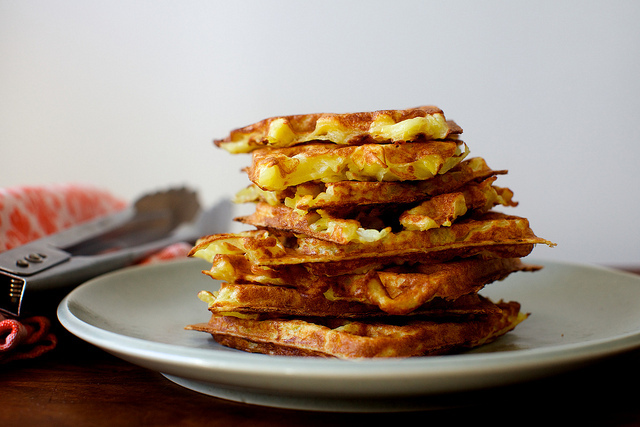

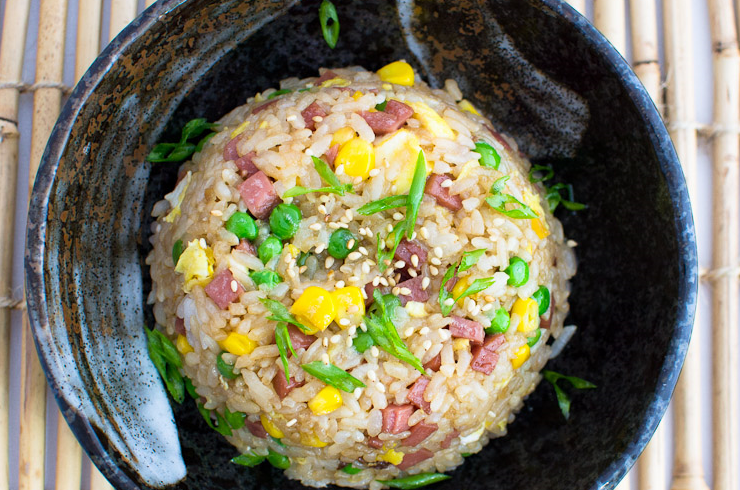
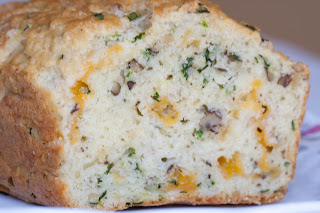 1¾ C. all-purpose flour
1¾ C. all-purpose flour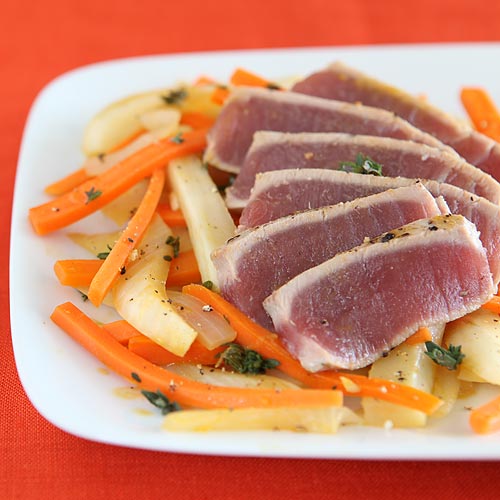
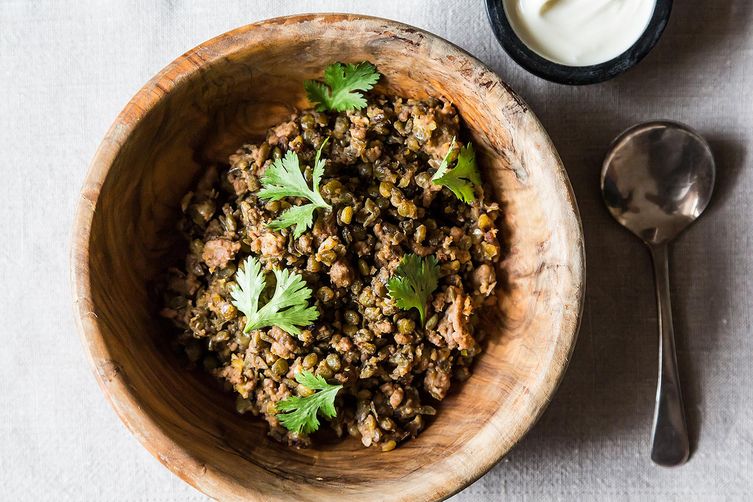

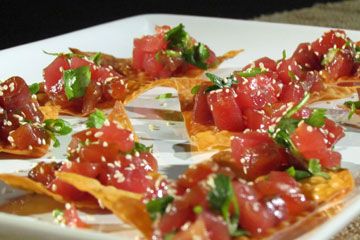

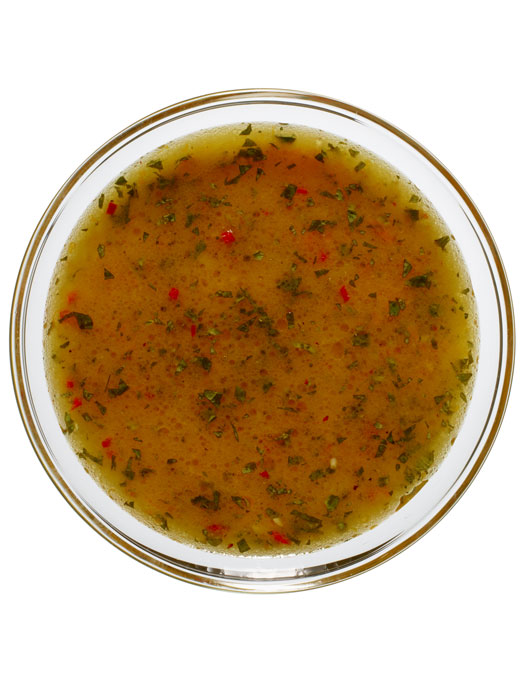

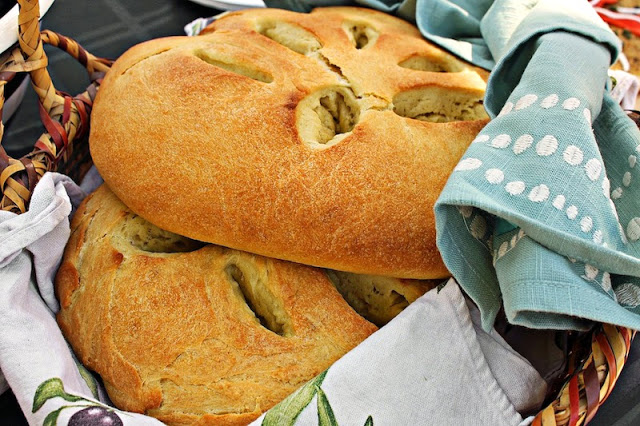 3 3/4 cups flour
3 3/4 cups flour